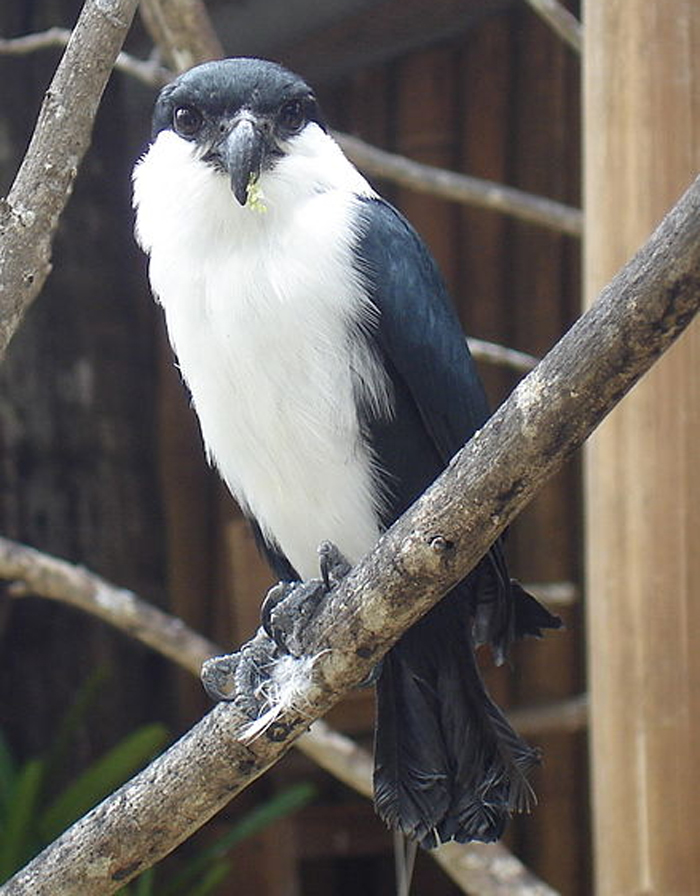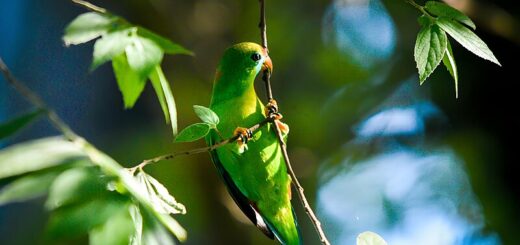Philippine Falconet – One of the Smallest Birds of Prey

The Philippine falconet (Microhierax erythrogenys) is a small species of falcon native to the Philippines. It is one of the smallest birds of prey in the world, measuring only about 16–18 cm (6–7 inches) in length and weighing around 35–50 grams. It belongs to the family Falconidae and is notable for its diminutive size, sharp hunting skills, and striking appearance.
Here are some key characteristics of the Philippine falconet:
Physical Description – It is one of the smallest birds of prey in the world
Size – As one of the smallest falcons, the Philippine falconet has a compact body, with a length of about 16–18 cm and a wingspan of around 39 cm.
Coloration – It has a distinctive plumage with a combination of white, black, and brown. Its back is typically dark brown, with lighter underparts and a white throat. The face often has a blackish “mask” around the eyes.
Bill and Talons – It has a sharp, hooked beak and powerful talons, characteristic of all falcons, which it uses to capture and kill small prey.
Habitat and Distribution
The Philippine falconet is endemic to the Philippines, primarily found in forests, woodlands, and areas with dense vegetation across the islands. It is often found in lowland forests and sometimes in montane forests at higher elevations.
These falcons are generally seen in more remote and less disturbed areas, although they can be found in some agricultural regions, provided there is sufficient cover for hunting.
Philippine Falconet Diet and Hunting
The Philippine falconet primarily feeds on small birds, insects, and sometimes small reptiles. It hunts in a manner similar to other falcons, employing swift flights and high-speed stoops to capture prey.
Because of its small size, it typically targets smaller prey species such as small passerines or insects, which it catches mid-flight or from a perch.
Behavior
Like other falcons, the Philippine falconet is known for its agility in flight and its precision when hunting. It is often seen perched on a branch, scanning its surroundings for prey before launching into a high-speed chase.
It has a very territorial nature and will defend its nesting site aggressively.
Conservation Status
The Philippine falconet is currently listed as Least Concern by the International Union for Conservation of Nature (IUCN), though habitat loss due to deforestation and hunting poses a threat to its population. It is considered a vulnerable species in some areas due to the pressures on its forest habitats.
Breeding
The species typically nests in tree cavities or on cliffs, laying small clutches of eggs. Like many falcons, both parents may participate in the care of the young after hatching.
The Philippine falconet is a fascinating bird due to its size and hunting prowess, making it an important part of the ecosystem in the forests of the Philippines. While it is not currently critically endangered, conservation efforts to preserve its habitat are essential for maintaining its populations.
References:
https://en.wikipedia.org/wiki/Philippine_falconet









